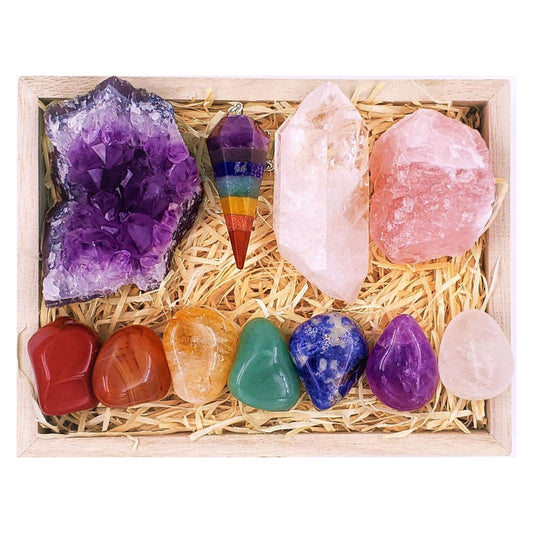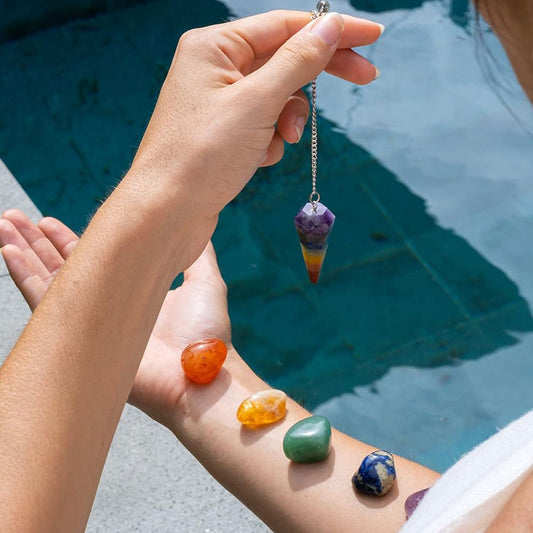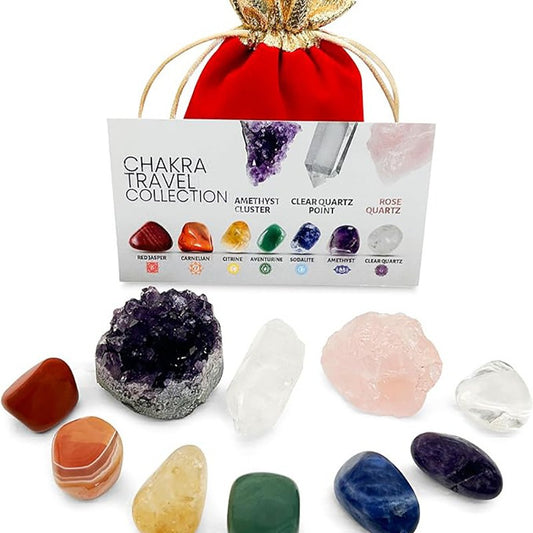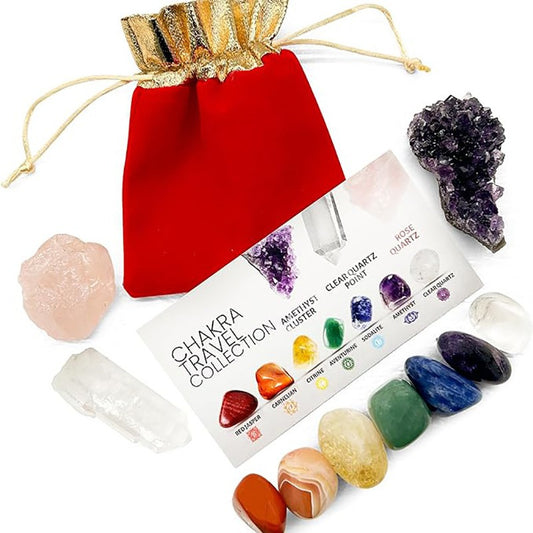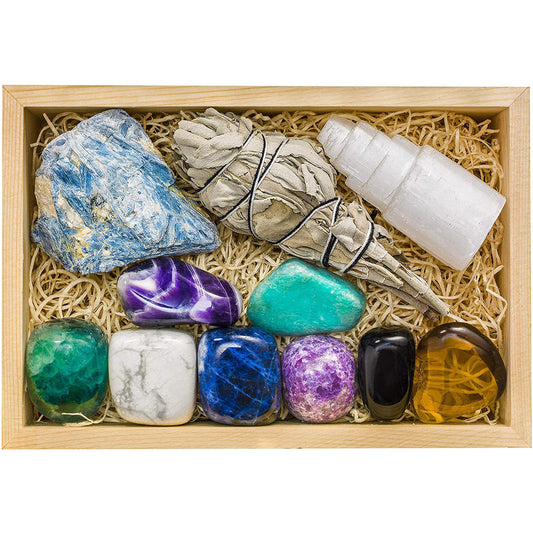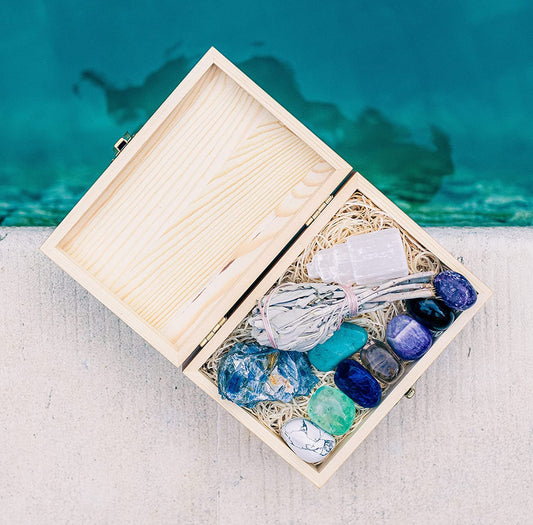The practice of crystal healing aims to harness the natural healing energy as a form of alternative medicine.
Crystals and stones are utilized in crystal healing, an alternative medical practice that aims to treat illnesses and prevent diseases. Supporters of this technique claim that crystals serve as channels for healing, allowing positive energy to enter the body while pushing out negative, harmful energy.
While crystal healing has gained popularity in recent years, it remains a largely controversial alternative treatment in the eyes of medical professionals and scientists, who often view it as a pseudoscience due to insufficient evidence and research.
From a professional standpoint, there is no scientific proof that the practice of crystal healing can effectively cure illnesses. In fact, scientific research has not found any connection between energy flow within the body and the development of diseases. Additionally, there is no evidence to support the idea that crystals and gems can be identified based on their chemical makeup or color in order to treat specific ailments.
According to Peter Heaney, a professor of mineral sciences at Pennsylvania State University, there have not been any studies supported by the National Science Foundation exploring the healing abilities of crystals. Despite claims of energy within crystals, there is no evidence of energy exchange between crystals and humans, as explained by Albert Einstein's mass-energy equivalence formula, e=mc^2.
Despite the lack of scientific evidence, healing crystals continue to be widely used at health spas and New Age health clinics. These crystals are often integrated into practices like massage and Reiki, potentially aiding in relaxation. However, their effectiveness has yet to be proven.
View Healing Crystal Kits Collection

How crystal healing is supposed to work
Proponents of crystal healing claim that crystals and gemstones possess healing properties. According to many sources, this practice has a long history dating back to ancient Sumerians of Mesopotamia, possibly 6,000 years ago. Among the first cultures to utilize crystals for healing were the Ancient Egyptians, who adorned themselves with lapis lazuli, carnelian, and turquoise in order to fend off illness and negative energy.
The modern practice of crystal healing is inspired by traditional beliefs from Asian cultures, specifically the Chinese idea of life-energy (chi or qi) and the Hindu or Buddhist concept of chakras. These concepts describe life-energy as a vital force that connects the physical and supernatural aspects of the body, and are the foundation of modern crystal healing philosophy.
Based on the teachings of "Time," crystals are said to interact with the body's energy field, promoting all aspects of healing - physical, emotional, and spiritual.
According to Healthline, different healers have varying ideas on the properties assigned to stones in crystal healing. For example, amethyst is thought to aid the intestines, while green aventurine helps the heart and yellow topaz promotes mental clarity. The seven chakra points on the body are associated with colors ranging from red to violet.
A crystal healer may place stones on specific chakra points during a treatment session, chosen according to the patient's symptoms. This practice is based on the chiropractic philosophy of energy imbalances and disease, which is not widely supported by Western medicine.
Crystals and stones are commonly used in crystal healing, whether worn on the body or placed under pillows, to ward off illness and negativity while absorbing positive energy. According to Jewelry Buddha, a company specializing in the sale of these crystals, they are often referred to as "talismans" or "amulets."

How crystal healing actually works
While there is currently no scientific evidence to support the use of crystal healing, some studies have shown that it can potentially produce a placebo effect in certain patients. Christopher French, head of the anomalistic psychology research unit at the University of London, explains that this effect occurs when a patient experiences benefits from a treatment not directly related to the treatment itself.
According to Live Science, the efficacy of crystal healing has not been supported by scientific evidence and is likely due to a placebo effect. This standard should be used to evaluate all types of treatments. Whether complementary and alternative medicine, including crystal healing, is deemed completely ineffective depends on one's view of placebo effects.
According to a study presented at the British Psychological Society Centenary Annual Conference in Glasgow in 2001, crystal healing treatment may result in an improved sense of well-being for the participant. However, there is no concrete scientific evidence that links this experience to the specific crystals used during the treatment. The study was conducted by French and his colleagues and examined the effectiveness of crystal healing.
In this study, 80 participants were instructed to meditate for five minutes while holding either an authentic quartz crystal or a counterfeit one that they believed to be real. Prior to meditation, half of the participants were prompted to pay attention to any potential effects of the crystals, such as body tingling or warmth in the hand holding the crystal.
As per the study, participants were asked about the perceived effects of their crystal healing session after meditating. Surprisingly, the effects reported by individuals who used fake crystals were not significantly different from those reported by individuals who used real crystals during the study. This highlights the questionable effectiveness of crystal healing.
Participants in both groups experienced a warm sensation in the hand holding either a real or fake crystal, and reported an overall feeling of well-being. Interestingly, those who were told to expect these effects felt them more strongly than those who were not. Surprisingly, the strength of these effects was not influenced by whether the crystal was real or fake. Additionally, a questionnaire showed that believers in crystal power were twice as likely as non-believers to report experiencing effects from holding the crystal.
According to French, various types of treatment have been identified as having only a placebo effect, meaning they do not provide any therapeutic benefits. Despite feeling temporarily relieved, there is no evidence that these treatments can effectively cure diseases or manage health conditions. For serious medical concerns, it is best to seek treatment from a licensed physician rather than an alternative healer, according to French's recommendation.
Persuading a believer in crystal healing may prove to be a difficult task, despite all efforts."It’s hard to argue against people who believe in the psychological effects of crystals […] Those are genuine experiences we have to respect," Zhuo Job Chen, professor in the psychology of religion at the University of North Carolina, told the Washington Post.
According to Edzard Ernst, emeritus professor of Complementary Medicine at the Peninsula School of Medicine, University of Exeter, the growing trend towards alternative medicine may be a reflection of a lack of empathy and time being given to patients within the mainstream medical field. This has led to criticisms of mainstream medicine and an increasing popularity of complementary and alternative treatments.

Is crystal healing safe?
Crystal healers can become certified practitioners through various courses, often offered online by "natural medicine" institutes or clinics. However, many of these programs lack accreditation from a central organization. Currently, there are no state or federal regulations or licensing procedures specifically for crystal healing. In certain states, crystal healing may be categorized under massage or bodywork therapy, requiring practitioners to obtain a license in order to practice.
The NCBTMB, a non-profit organization, offers voluntary board certification exams for massage therapists and alternative healers. NCTMB endorses certified schools and businesses that meet specific criteria established by the organization.
Medical professionals may view crystal healing as a form of therapy that can promote relaxation, potentially aiding in stress management. However, individuals seeking the help of a crystal healer should not abandon proper medical treatment for serious illnesses.
Baltic amber necklaces are used by many parents to alleviate teething pain in infants and toddlers. While some believe it is effective due to its similar use of other gemstones for ailments, there is no scientific evidence that supports this claim according to Healthy Children. Two theories suggest that the amber may work in either releasing a pain-relieving substance (succinic acid) through the baby's skin, or by stimulating the thyroid gland to reduce inflammation and increase drooling.
John Snyder, a pediatrician who wrote an article about amber necklaces on the website Science-Based Medicine, listed several claims that are made about amber necklaces and how they may help lessen pain. The only claims that Snyder said were the slightest bit plausible were that it is known that Baltic amber does contain succinic acid, that some molecules are absorbed through the skin, and that succinic acid is naturally found in the human body. The amount of succinic acid in the amber, however, exists in minuscule amounts and body heat does not release it from the amber. There is also little to no evidence that succinic acid produces a therapeutic effect.
A 2016 letter to the editor published in the Journal of Pediatrics and Child Health by Alexandra Hudson, Kim Blake and Robyn McLaughlin discusses how the dangers of amber necklaces outweigh the very slim potential of benefit. The primary concerns with the necklaces are strangulation and choking, and several documented cases exist. The authors point out that both the Canadian Pediatric Society and American Academy of Pediatrics recommend against using the amber necklaces and recommend that parents are properly educated about teething and the use of amber healing.
In addition to the potential hazards for patients who choose crystal healing over traditional medicine, it is important to also consider the dangers involved in the production of crystals. According to a 2019 report in "The Guardian," some of the poorest places in the world are sources for gemstones. For instance, Madagascar saw a 170 percent rise in gem and precious metal exports between 2016 and 2017, becoming one of the leading producers, alongside larger countries such as India and China. However, despite being a top producer, it is worth noting that 80 percent of crystals are mined by small groups and families who receive little compensation and operate without regulation in regions that lack access to essential resources like water and electricity.












